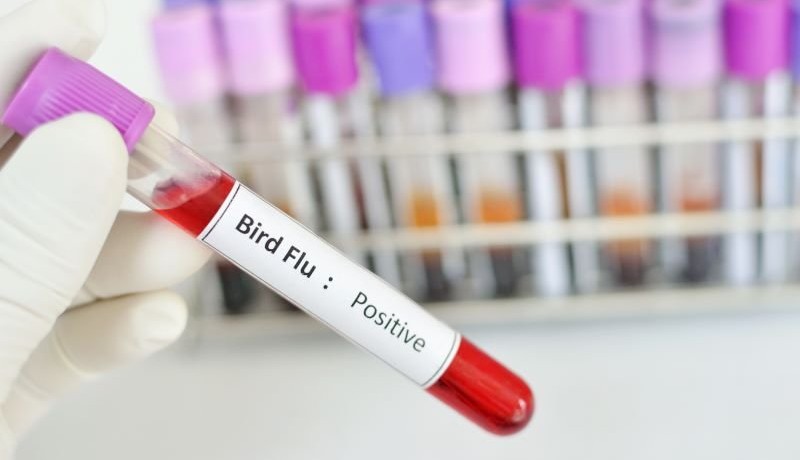Dairy farmers will be compensated for keeping workers, animals safe; viral research and monitoring will be funded
By Physician’s Briefing Staff HealthDay Reporter
FRIDAY, May 10, 2024 (HealthDay News) — The U.S. Department of Agriculture and U.S. Department of Health & Human Services have jointly announced a myriad of initiatives aimed at preventing the H5N1 avian flu virus, currently infecting U.S. dairy cows, from mutating and spreading in humans.
The illness is typically not fatal in bovines, but monitoring and prevention on the nation’s farms is costly, and the USDA said the aid will make it cheaper and easier for farmers to deal with H5N1 when it is discovered infecting a herd.
So, the USDA said it plans to now give $2,000 “per affected premises per month” to supply personal protective equipment to farm staff to help keep H5N1 infection in people at bay. Money will also be earmarked to help train farm workers in biosecurity and to cover the costs of protecting people such as milk haulers, veterinarians, feed truckers, and artificial insemination technicians who often move between various farms. Another $2,000 will be earmarked to help farms pay for “heat treatment to dispose of milk in a bio secure fashion,” the USDA said.
The Department of Health and Homeland Security has also earmarked more than $101 million to better understand and help fight H5N1. U.S. Centers for Disease Control and Prevention funding totaling $93 million is targeted “to bolster testing and laboratory capacity, surveillance, genomic sequencing, support jurisdictions, and partner efforts to reach high risk populations and initiate a new wastewater surveillance pilot,” according to the news release. This will include the production of “one thousand additional influenza diagnostic test kits (equaling nearly around one million additional tests) for virologic surveillance.”
Another $14 million is earmarked to further the genomic sequencing of viral strains by the CDC. It is especially important to “analyze circulating H5N1 viruses to determine whether current candidate vaccine viruses would be effective and develop new ones if necessary,” the news release said.
Finally, $3 million in extra funding is being targeted to more widespread and better testing of wastewater — a valuable tool in monitoring the development and potential spread of new strains of H5N1.
Copyright © 2024 HealthDay. All rights reserved.








